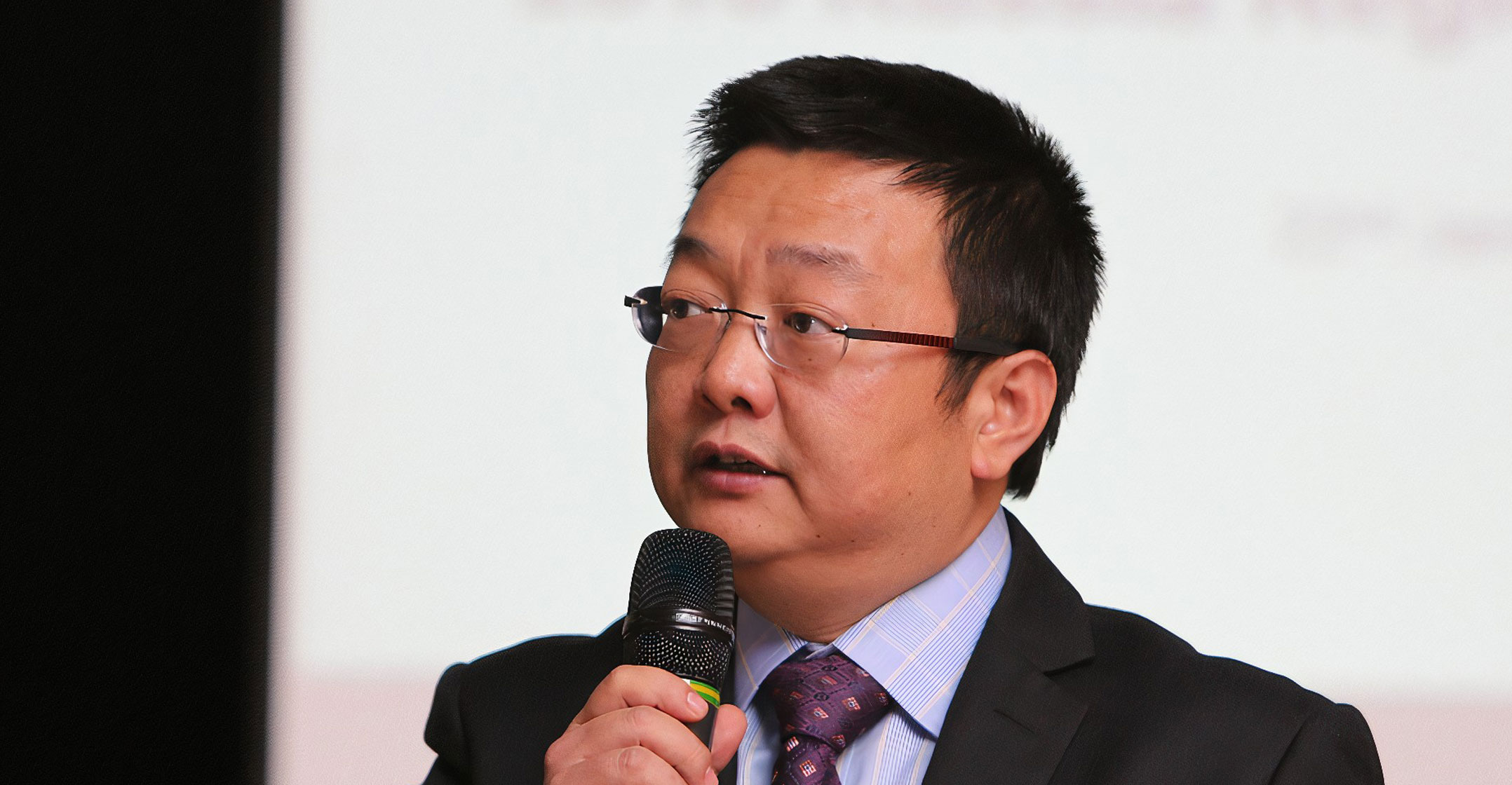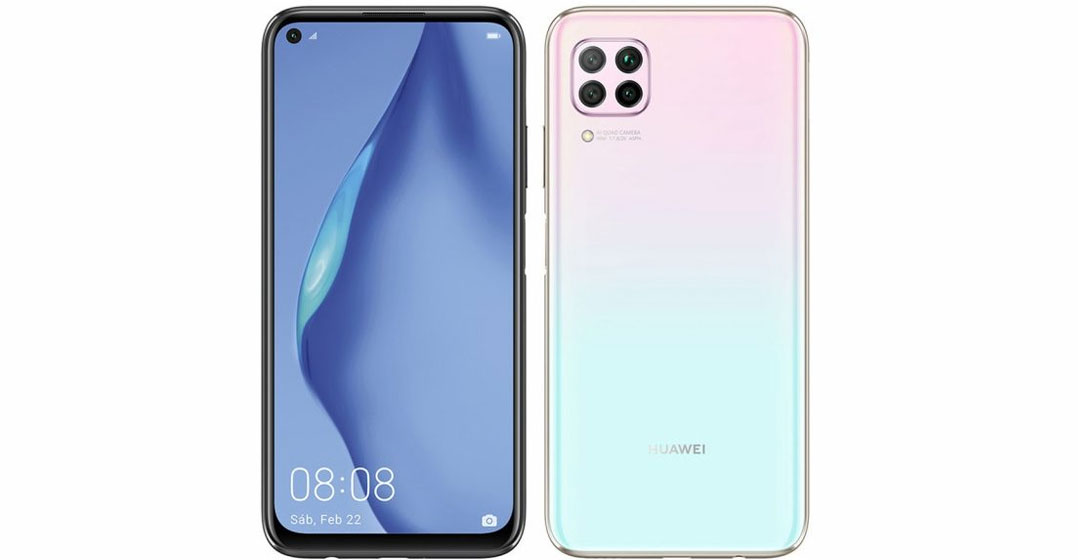
Every market sector has felt the economic impact of the global lockdown. Sales and revenue are down across the board due to a mix of lockdown-related trading and supply-chain restrictions, and reduced consumer spending due to job losses, salary cuts and dampened confidence.
Those with expendable income have also reprioritised spending away from discretionary purchases and toward essential goods and services. The resultant fallout in the smartphone and mobile device sector has been particularly acute globally.
According to International Data Corp research, smartphone shipments in 2020 will likely drop to 1.2 billion, down from just under 1.4 billion in 2019. The revised annual forecast follows a record 11.7% year-on-year drop in the three months ending March 2020, which far exceeds the IDC’s initial estimates in February, which predicted a 2.3% decline.
South Africa is a little different
However, as social distancing measures curtail social engagement and shift work paradigms to work-from-home models, smartphones will increasingly become indispensable and essential.
“Consumers have relied on their mobile devices during lockdown for online learning, connecting to the office and for social online engagement,” explains Likun Zhao, vice president at Huawei Consumer Business Group Middle East & Africa (Southern Africa).
One aspect of the pandemic’s economic impact on consumer spending has served to reframe the purchase decision-making process, with greater focus on value for money. This trend has thrust the midrange smartphone market into focus for learning, online engagement, and the SME business sector.

This buying trend emerged in a recent consumer survey that Huawei conducted in March following the launch of the brand’s feature-rich mid-tier Y7p device. Findings revealed that a third (33%) of respondents chose to upgrade their devices to replace an old, out-dated model, while another third (33%) cited a desire for better performance as the main driver.
“In a separate survey of Y7p smartphone buyers, 20% deemed price within budget and value for money as the most important factors after features and performance,” says Zhao.
Value that addresses the current environment
“Producing devices that offer comparative features and functionality to other brands at a better price point clearly offer consumers a value proposition that resonates in the current environment,” says Zhao.
It is with this philosophy front and centre that the company also brought the P40 Lite to market in the first quarter – another mid-market device with high performance and functionality, falling within the business’s flagship P40 range. And the results of this strategy speak for themselves.
While the global market was down 20.2%, according to Gartner, South Africa’s market was buoyed by various factors – the most robust of these being the country’s somewhat unique mobile network operator market. Bucking the global trend, Huawei South Africa recorded 10% growth for April 2020 in the local market, when compared to the same period in 2019. Additionally, pointing to a change in consumer behaviour, the company’s South African online store grew by 600% over the same period.
“The reason for this growth is the growing need for reliable connectivity during the pandemic, but also the fact that 70% of total smartphone sales in the mid- to high-end market come from the operator model, where smartphones are subsidised and paid off over a 24-month contract period,” says Zhao.
And as the economic consequences of extended lockdown restrictions continue to filter through the battered economy and the world works to develop a vaccine, the need to access features and functionality at an affordable price will increasingly influence smartphone buying behaviour.
“While the demand for premium smartphones remains strong, a noticeable growing need has emerged for lower cost, mid-market devices that deliver quality features and functionality in terms of connectivity, battery life, storage capacity, native device processing, and the device’s design and camera,” adds Zhao.
Superior performance
While hardware specs may differ, smartphone manufacturers that can deliver superior performance and an intuitive user interface stand to benefit from this likely shift in consumer demand.
“While mid-market devices might not have the same chipset on the device, optimised software delivers comparable performance, and reliable connectivity and a user-friendly interface offer consumers all the functionality they need to access cloud services, which have grown exponentially during the pandemic,” says Zhao.

“Given the South African market demands, and changing consumer behaviour and needs, the growth of the mid-market smartphone is hardly surprising – especially considering the advances to functionality and user experience offered by these devices.
“Ultimately, when software, hardware and cloud services all work seamlessly and in tandem to deliver the ultimate user experience, more businesses and end users will be happy to switch to mid-market devices until the economic outlook shifts,” he says.
- This promoted content was paid for by the party concerned




